MinervaFlora - May Update
- Lisa Craddock
- May 3, 2024
- 2 min read
SPRING EPHEMERALS
Spring Ephemeral is a plant that grows, flowers, and dies in a short amount of time. Tulip, Daffodil, Hyacinth, Crocus are some familiar ephemerals that are classics, but native to Eurasia.
Our native ephemerals have bulbs, corms or other storage organs that give them life, and which live under the leaf litter in forested areas waiting for spring when, with the trees absent of their leaves, the sun warms the soil and the ephemerals emerge. These are the first native plants to pop up and the first to flower in spring! They will flower, fruit and die (above ground) within a couple months. These early plants are important as a food source for native bees, pollinators and other wildlife.
Ephemerals for average to moist soil:
-Yellow Trout Lily (Erythronium americanum), 4-6” high with spotted slender lanceolate leaves with a sweetly scented nodding yellow flower. They colonize and their colonies can live to be over 150 years old. They do NOT transplant well.
-Virginia Bluebells (Mertensia Virginia), 12” high with long, elliptical, soft green leaves with pink-turning-blue flowers.
-Eastern Shooting Star (Dodecathion Meadia), 8-12” high with ovate leaves and an umbel of white flowers that hang down.
-Others: Jack in the Pulpit (Arisaema triphyllum), Mayapple (Podophyllum peltatum) and more.
Ephemerals for average to dry soil:
-Trillium, a rock star in the ephemeral world, 6-18” tall with a variety of flower color consisting of three sepals and three petals with solid green or variegated leaves.
-Dutchman’s Breeches (Dicentra cucullaria) or Squirrel Corn (Dicenntra canadensis), 6-8” tall with flowers that look like tiny puffy white pants hanging upside down and delicate fern-like foliage.
Others: Wild ramps (Allium tricoccum), Spring Beauty (Claytonia Virginia), Bloodroot (Sanguinaria canadensis-these always show around here at Easter), Wood Poppy (Stylophorum dyphyllum) and many more.
Some of these, such as Spring Beauty, Trout Lily and Bloodroot, can be found in the forested areas of Minerva Park. Recent construction in the forested habitat has had a negative effect on populations of these spring ephemerals in our village. Also, removal of invasive species would provide the necessary sunlight and soil space for them to prosper. For a great showing of these and more spring ephemerals, check out Ridgewood Park in Huber Ridge, just down the road. This park is a great example of how well early spring plants will grow when the invasives have been cleared from an area, letting the light in and freeing up the soil. It has an amazing collection of Skunk Cabbage (Symplocarpus foetidus).
One important note, please don’t pick these plants in the wild. If you would like to give some a home, please buy at a native nursery near you!

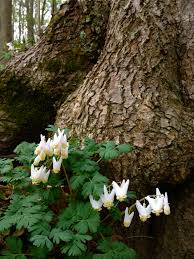
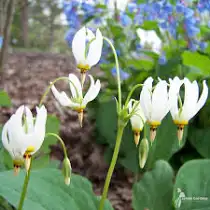
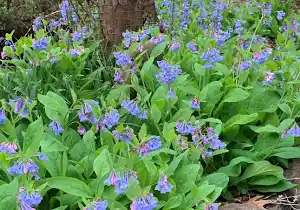
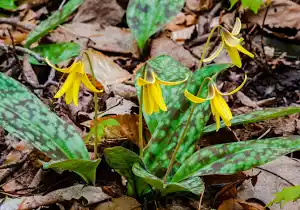
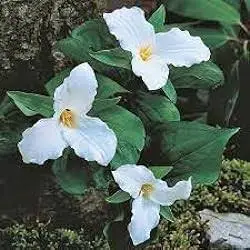


Comments